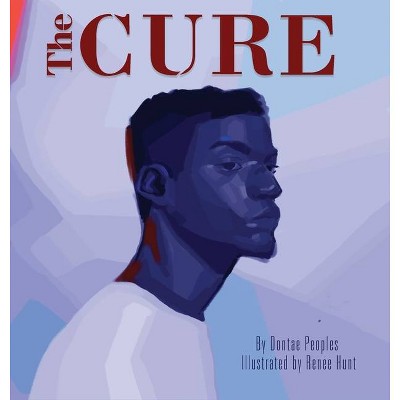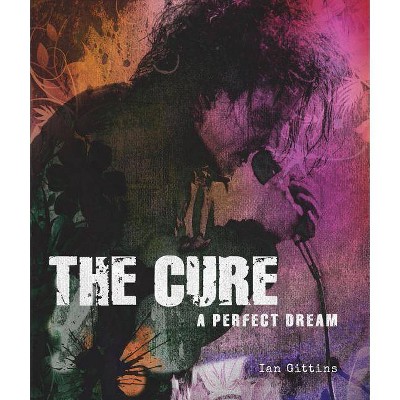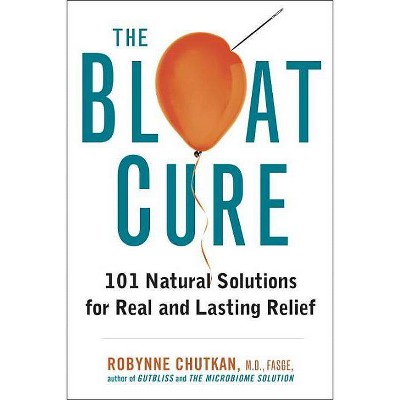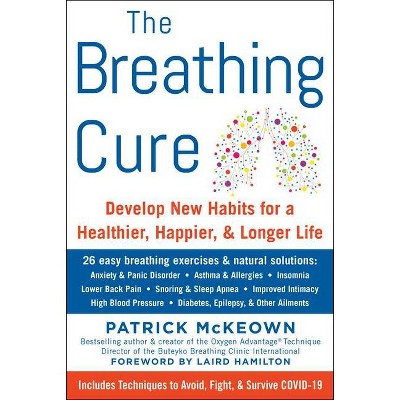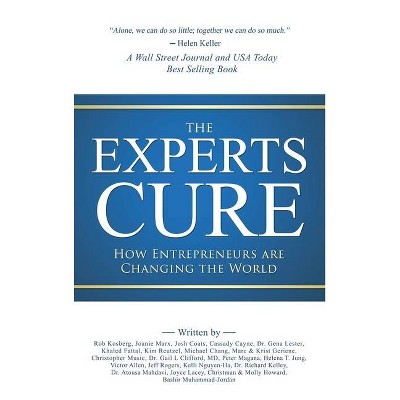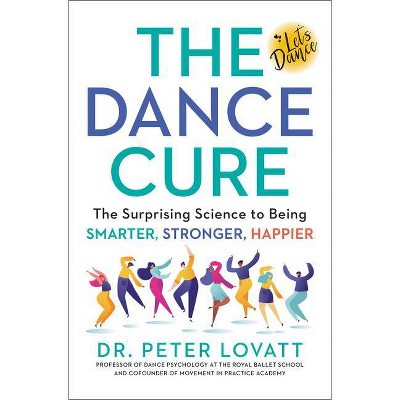The Distance Cure - by Hannah Zeavin (Hardcover)
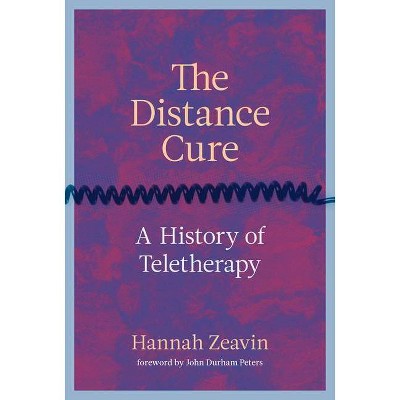
Similar Products
Products of same category from the store
AllProduct info
<p/><br></br><p><b> About the Book </b></p></br></br>"A history of therapy at a distance, from Freud's letters to FaceTime and Skype"--<p/><br></br><p><b> Book Synopsis </b></p></br></br><b>Psychotherapy across distance and time, from Freud's treatments by mail to crisis hotlines, radio call-ins, chatbots, and Zoom sessions.</b> <p/>Therapy has long understood itself as taking place in a room, with two (or more) people engaged in person-to-person conversation. And yet, starting with Freud's treatments by mail, psychotherapy has operated through multiple communication technologies and media. These have included advice columns, radio broadcasts, crisis hotlines, video, personal computers, and mobile phones; the therapists (broadly defined) can be professional or untrained, strangers or chatbots. In <i>The Distance Cure</i>, Hannah Zeavin proposes a reconfiguration of the traditional therapeutic dyad of therapist and patient as a triad: therapist, patient, and communication technology. <p/>Zeavin tracks the history of teletherapy (understood as a therapeutic interaction over distance) and its metamorphosis from a model of cure to one of contingent help. She describes its initial use in ongoing care, its role in crisis intervention and symptom management, and our pandemic-mandated reliance on regular Zoom sessions. Her account of the "distanced intimacy" of the therapeutic relationship offers a powerful rejoinder to the notion that contact across distance (or screens) is always less useful<b>, </b>or useless, to the person seeking therapeutic treatment or connection. At the same time, these modes of care can quickly become a backdoor for surveillance and disrupt ethical standards important to the therapeutic relationship. The history of the conventional therapeutic scenario cannot be told in isolation from its shadow form, teletherapy. Therapy, Zeavin tells us, was never just a "talking cure"; it has always been a <i>communication</i> cure.<p/><br></br><p><b> Review Quotes </b></p></br></br><br><i>An enticingly written and thoroughly researched monograph by Hannah Zeavin - a lecturer in the Departments of English and History at the University of California, Berkeley - is the first ever academic foray into the history of modern teletherapy.</i> --<b><i>E&T Magazine</i> </b> <p/><i>In the last year and a half, plenty of people have experienced the world of virtual therapy. But teletherapy has a long history that predates Zoom being ubiquitous, and Hannah Zeavin's new book The Distance Cure offers a comprehensive look at that history. Technology and mental health have a long shared history, and this helps put that into perspective.</i> --<b>Inside Hook</b> <p/><i>Well-researched and enormously confident with the materials at hand --<b> The Point<br></b></i><br><p/><br></br><p><b> About the Author </b></p></br></br>Hannah Zeavin is a Lecturer in the Departments of English and History at the University of California, Berkeley, and is affiliated with the University of California, Berkeley, Center for Science, Technology, Medicine, and Society. She is a Visiting Fellow at Columbia University's Center for Social Difference and Editorial Associate at <i>The Journal of the American Psychoanalytic Association</i><i>. </i>Her work has appeared or is forthcoming in <i>American Imago</i>, <i>differences: A Journal of Feminist Cultural Studies</i>, the <i>Los Angeles Review of Books</i>, <i>Real Life Magazine</i>, <i>Slate</i>, and elsewhere.<br/>
Price History
Price Archive shows prices from various stores, lets you see history and find the cheapest. There is no actual sale on the website. For all support, inquiry and suggestion messages communication@pricearchive.us

